Disclosure: This article contains affiliate links. We may earn a commission from purchases at no extra cost to you, which helps our travel content.
Standing at the intersection of Erie Boulevard and State Street, I found myself at the epicenter of what could be called America's original innovation district. Schenectady—a city whose name I've mangled in pronunciation for years despite my Buffalo upbringing—has been quietly orchestrating one of the Northeast's most fascinating urban revivals. As someone who traverses global tech hubs monthly, I was admittedly skeptical about what this modest upstate New York city could offer the discerning urban explorer. What I discovered was a masterclass in adaptive reuse and technological heritage that demands attention.
The Electric City: Tracing Edison's Footprints
Schenectady earned its 'Electric City' moniker when Thomas Edison relocated his machine works here in 1886, essentially creating what would become General Electric—one of America's most transformative corporations. While many rust belt cities have struggled to transcend their industrial pasts, Schenectady has embraced its technological DNA.
The Schenectady Museum & Planetarium (rebranded as miSci) houses one of the most comprehensive collections of GE innovations I've encountered outside the Smithsonian. What struck me was the museum's approach—rather than merely displaying artifacts, interactive exhibits connect historical innovations to contemporary applications. The Edison Tech Center downtown similarly bridges past and present, with working models of early electrical systems that would fascinate any technology enthusiast.
For the optimal experience navigating between these historical sites, I relied heavily on my GPS hiking watch. While designed primarily for outdoor adventures, its urban navigation features proved invaluable for plotting efficient routes through Schenectady's historic districts, with the solar charging capability eliminating any battery anxiety during my full-day explorations.
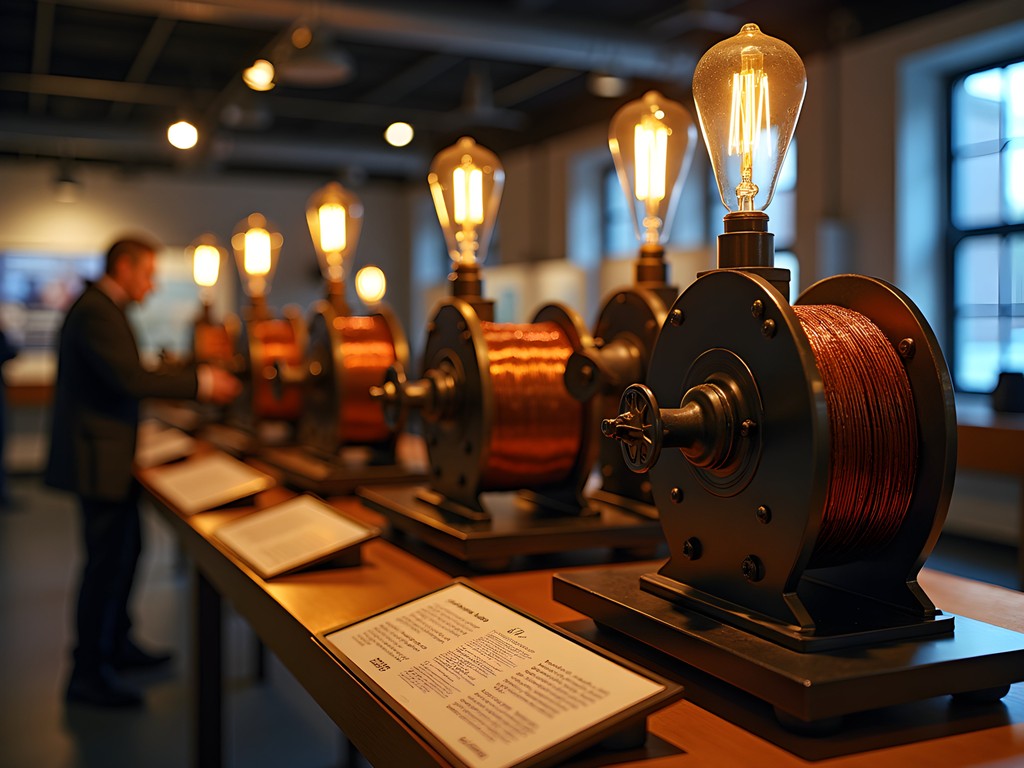
💡 Pro Tips
- Visit miSci on Thursday evenings when they often host innovation talks by local engineers and tech entrepreneurs
- The Edison Tech Center offers hands-on demonstrations on weekend afternoons—arrive early as spots fill quickly
- Download the Schenectady Digital History Archive app before visiting for augmented reality experiences at historical innovation sites
Mohawk Harbor: Smart City Principles in Action
The transformation of Schenectady's waterfront represents one of the most compelling urban redevelopment narratives I've witnessed in a mid-sized American city. Mohawk Harbor—built on the former American Locomotive Company site—exemplifies how industrial brownfields can evolve into mixed-use innovation districts.
What distinguishes this development is its integration of smart city principles at a neighborhood scale. The district incorporates IoT-enabled infrastructure, from adaptive LED lighting that responds to pedestrian patterns to flood mitigation systems leveraging real-time weather data. As someone who's documented similar developments in Helsinki and Singapore, I was genuinely impressed by the sophistication implemented in this upstate New York context.
The harbor area's Rivers Casino serves as an unexpected tech showcase, utilizing advanced analytics and digital interfaces that rival anything I've seen in Las Vegas. While gaming isn't typically my focus, the property's integration of hospitality technology with the surrounding smart district creates a seamless digital experience worth studying.
Exploring the waterfront at dusk offered spectacular lighting conditions, and I captured the scene using my smartphone gimbal. This compact stabilizer ensured my video footage remained professional-grade despite the challenging low-light conditions, allowing me to document the harbor's intelligent lighting systems as they activated with the setting sun.
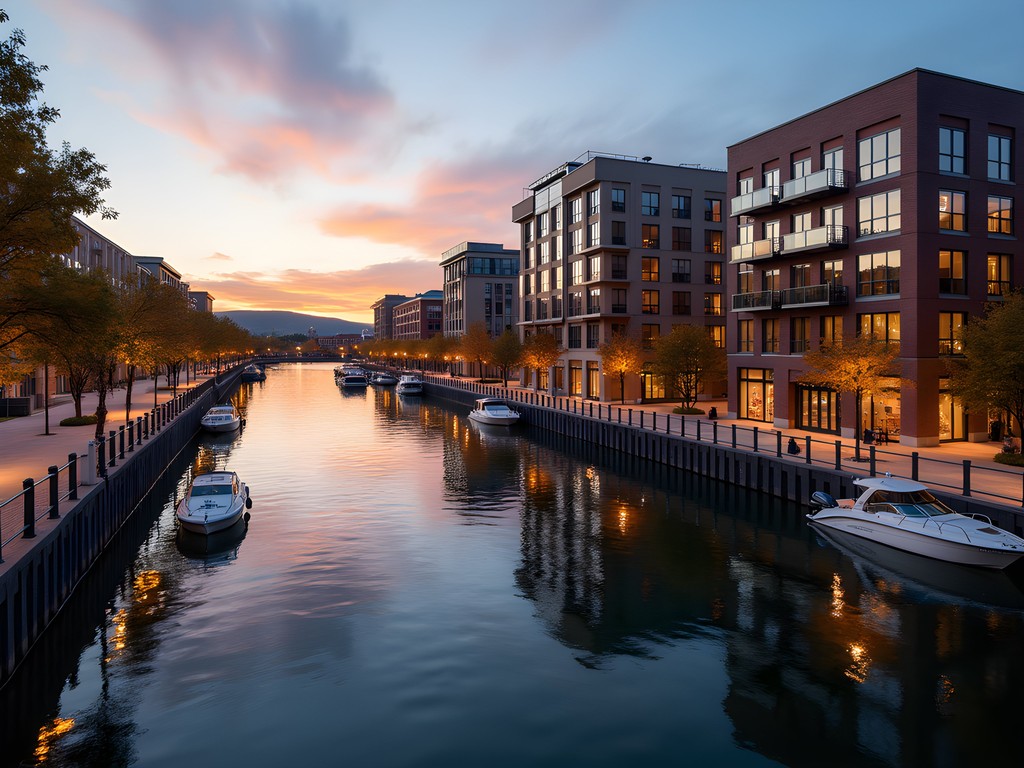
💡 Pro Tips
- Time your visit to coincide with the farmers market at Mohawk Harbor (Sundays 10-2) to experience the community engagement aspect of the development
- The harbor promenade is best experienced at dusk when the smart lighting systems create a distinctive atmosphere
- Several buildings offer public tours highlighting their sustainable design features—check the Schenectady Metroplex website for schedules
Proctors Theatre District: Cultural Tech Fusion
The revitalization of downtown Schenectady pivots around Proctors Theatre—a 1926 vaudeville house that has evolved into one of America's most technologically advanced regional performing arts centers. What fascinates me about this district is how historical preservation and cutting-edge technology coexist so seamlessly.
Proctors anchors what locals call the 'Electric City Innovation Corridor'—a stretch of State Street where creative economy startups occupy restored historic buildings. The theatre itself houses a remarkable cogeneration plant that provides power and heating not only for the venue but for several surrounding blocks—a micro-grid solution I've typically encountered only in Scandinavian urban developments.
The adjacent Jay Street pedestrian marketplace has become an incubator for artisanal businesses leveraging e-commerce platforms. While exploring the shops, I stumbled upon Electric City Roasters, where the proprietor uses IoT-enabled roasting equipment to maintain precise flavor profiles—a perfect example of how traditional crafts are being reimagined through technology in unexpected places.
During evening performances, the district transforms through projection mapping displays on historical facades. For capturing these dynamic light shows, I relied on my ultra-wide lens. This attachment transformed my smartphone photography, allowing me to capture the full scale of the architectural projections while maintaining exceptional image quality in challenging lighting conditions.

💡 Pro Tips
- Book Proctors' backstage technology tour (offered Saturdays at 11am) to see the remarkable integration of historical architecture with modern theatrical systems
- Visit during the first Friday of each month when the Innovation Corridor hosts tech demonstrations in various storefronts
- The Jay Street pedestrian area has surprisingly robust public WiFi—ideal for digital nomads seeking a productive afternoon workspace
The GE Realty Plot: Architectural Innovation Preserved
Perhaps no neighborhood better encapsulates Schenectady's unique position in American innovation history than the GE Realty Plot. This residential district, developed in the early 1900s to house General Electric's engineers and executives, stands as a living museum of domestic architectural innovation.
Walking these streets feels like traversing a timeline of American residential design evolution. The homes—ranging from Tudor Revival to Colonial, Craftsman to Spanish Colonial—were constructed as showcases for electrical innovation. These were America's original smart homes, where GE tested domestic applications for emerging technologies before market introduction.
What makes the neighborhood particularly fascinating is how current homeowners have continued this tradition. Several residences participate in National Grid's distributed energy program, incorporating modern sustainable technologies while preserving historical aesthetics. During the neighborhood's twice-yearly home tours, residents demonstrate how they've integrated contemporary smart home systems into century-old structures.
For architecture enthusiasts, I highly recommend the architectural guidebook available at the Schenectady County Historical Society. This meticulously researched volume provides historical context for each significant property and includes walking tour maps that identify technological innovations incorporated into each home's original design.
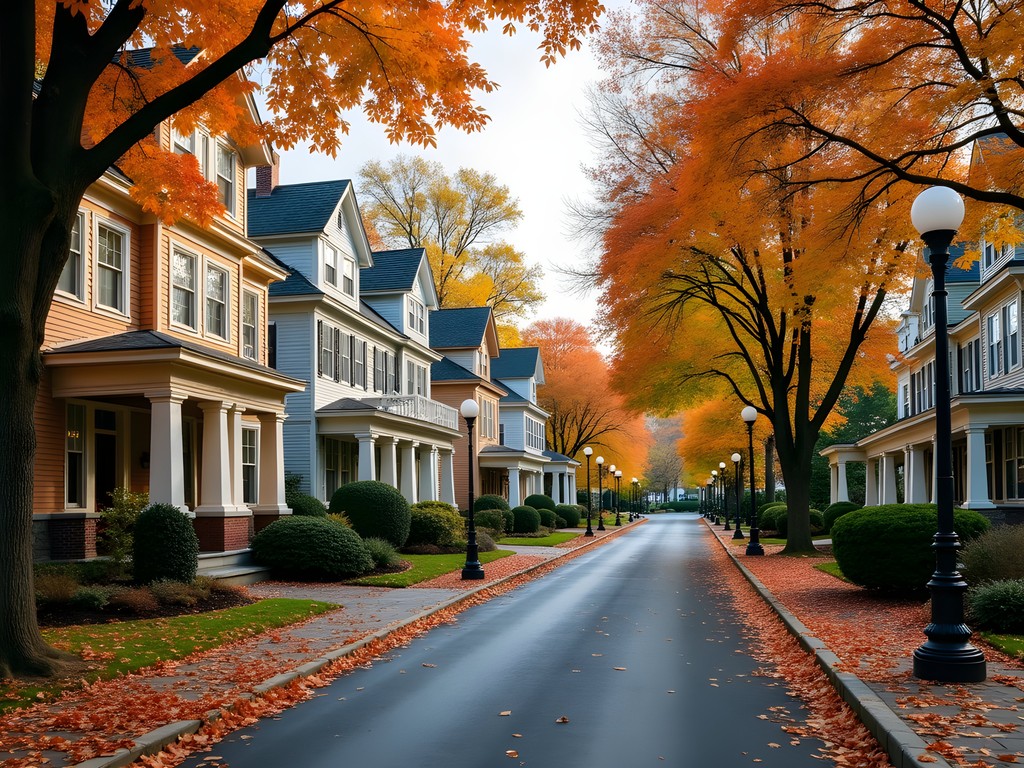
💡 Pro Tips
- The Schenectady County Historical Society offers guided walking tours of the Plot every Saturday morning from May through October
- Several bed and breakfasts within the district occupy former GE executive homes—staying overnight provides a deeper appreciation for the architectural details
- Visit during December when the neighborhood's holiday lighting displays pay homage to Schenectady's electrical heritage
Final Thoughts
As I departed Schenectady on the Amtrak Maple Leaf (another piece of infrastructure undergoing smart upgrades), I found myself reconsidering my assumptions about innovation ecosystems in mid-sized American cities. Schenectady demonstrates something profound about technological heritage—that cities with innovation in their DNA possess unique advantages in the digital transformation era.
What distinguishes Schenectady's approach is its seamless integration of historical narrative with forward-looking development. Rather than erasing its industrial past or merely preserving it as a museum piece, the city has leveraged its technological heritage as a foundation for contemporary reinvention.
For the urban explorer seeking insights into how American cities can navigate post-industrial transitions, Schenectady offers a compelling case study in authentic revitalization. It presents a refreshing alternative to homogenized development patterns—one that honors technological legacy while embracing emerging smart city paradigms. I'll be watching this Electric City closely as it continues writing its next chapter in American innovation.
✨ Key Takeaways
- Schenectady demonstrates how industrial heritage can become a competitive advantage in digital transformation
- The city's scale makes it an ideal weekend laboratory for observing smart city principles in action
- The integration of historical preservation with technological innovation creates a uniquely authentic urban experience
📋 Practical Information
Best Time to Visit
September-October for optimal weather and fall foliage
Budget Estimate
$200-300 for a weekend (excluding accommodations)
Recommended Duration
2-3 days
Difficulty Level
Easy


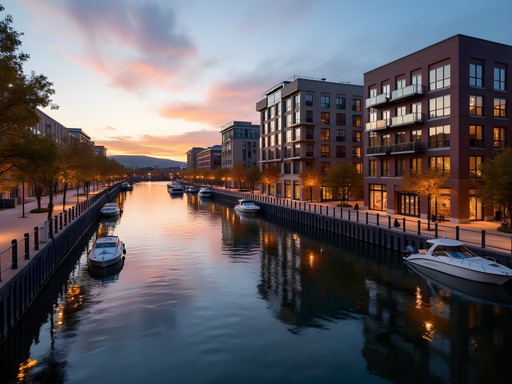
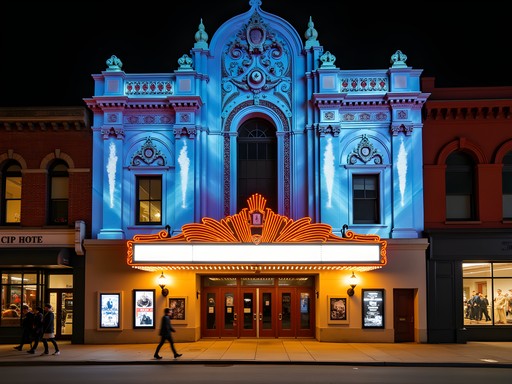
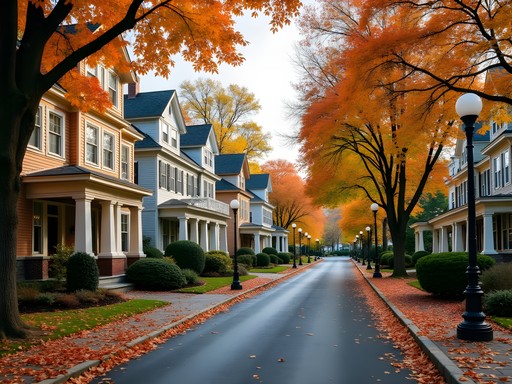









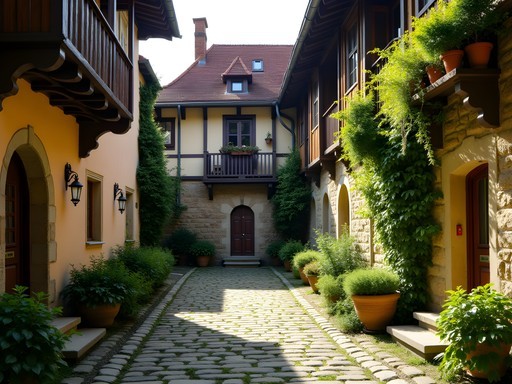
Comments
Douglas Bradley
Excellent analysis of Schenectady's industrial heritage and current innovation trajectory. I visited last year while researching my series on post-industrial American cities, and was similarly impressed by how they've leveraged their GE legacy. What I found particularly fascinating was the contrast between the preserved GE Realty Plot homes and the new developments at Mohawk Harbor - it's a masterclass in balancing preservation with progress. One aspect you didn't mention much was the role of Union College in the innovation ecosystem. Their engineering program has deep historical connections to GE and continues to feed talent into the region. Did you have a chance to explore the campus? Their Nott Memorial building is an architectural marvel worth seeing. For anyone visiting, I found the walking tour guide invaluable for understanding the layers of history throughout the city.
Dylan Turner
Great point about Union College, Douglas! I did walk through the campus but didn't have space to include it in the final piece. The Nott Memorial is incredible - that 16-sided building is unlike anything I've seen on a college campus. And you're right about the talent pipeline - several startup founders I met were Union grads.
freebackpacker
Is it worth spending a full weekend there? Or more of a day trip from Albany?
vacationrider
We did a weekend and didn't run out of things to do! Especially if you like history and food.
Dylan Turner
I'd recommend at least an overnight. The GE Museum and Proctors area for day 1, then Mohawk Harbor and the GE Realty Plot neighborhood for day 2. Great breweries too if that's your thing!
vacationrider
Just visited Proctors Theatre last month and WOW! Didn't expect such a gorgeous historic venue in Schenectady. We caught a Broadway touring show and then walked to some amazing restaurants nearby. The whole downtown area feels so revitalized compared to when I visited years ago. That new Mohawk Harbor area is really impressive too - we stayed at the hotel there and loved walking along the river in the morning. Great post capturing the city's transformation!
nomadadventurer
Never would've thought of Schenectady as a travel destination! Your post has me intrigued about the Electric City history.
wanderlusthero
Right? I always just drove past it on the way to the Adirondacks!
Dylan Turner
That's exactly why I wrote this! So many people miss the hidden gems in these smaller industrial cities. The GE museum alone is worth a stop.
HistoricTraveler426
If you're visiting the GE Realty Plot, there's a self-guided walking tour app that gives you the architectural history of each house. Really enhanced my experience!
wavephotographer
Just got back from Schenectady and used this app - it was great! Some of those houses have incredible stories behind them. The innovation didn't stop at the factory!
NYExplorer
That shot of the lit-up Proctors marquee against the twilight sky is stunning! What camera setup did you use?
Dylan Turner
Thanks! Just my trusty Sony A7III with the 24-70mm f/2.8 lens. The lighting in that district is really photographer-friendly!
TechHistoryFan
Finally someone giving Schenectady its due as a tech pioneer! Those GE Realty Plot houses are architectural gems.
wavephotographer
Love the Electric City section! I'm a huge tech history buff. Is the Edison Tech Center worth a visit? Planning a weekend trip and trying to prioritize.
freeseeker
Not the author but definitely check it out! They have Edison's original notes and sketches for the first urban power grid. The interactive exhibits on power distribution are surprisingly fun. I used my portable charger to keep taking photos all day - the museum is bigger than it looks!
wavephotographer
Perfect, thanks! Adding it to my must-see list. Any good spots to eat nearby?
Dylan Turner
The Edison Tech Center is definitely worth a visit! For food nearby, try Aperitivo Bistro - they have a great lunch special and outdoor seating with views of the historic buildings. The staff can tell you some fascinating stories about the area's tech history too.
backpackmood
That aerial shot of Mohawk Harbor is stunning! Did you use a drone?
Dylan Turner
Thanks! Yes, used my mini drone. There's a designated area near the harbor where it's permitted. The city actually encourages aerial photography of the redevelopment areas.
Douglas Bradley
Fascinating perspective on Schenectady's technological heritage. I've been researching America's innovation corridors for a piece I'm writing, and it's striking how the GE-Schenectady model established patterns we still see in modern innovation districts. The adaptive reuse of industrial infrastructure mirrors similar transformations in Pittsburgh and Cincinnati. I particularly appreciated your analysis of the Proctors Theatre district as a cultural-technological fusion space. The way they've integrated digital media arts education within a historic vaudeville venue represents a particularly successful model of heritage preservation that doesn't sacrifice forward momentum. Did you encounter any tension between preservation efforts and new development during your visit?
Dylan Turner
Great question, Douglas. There was definitely some visible tension, particularly around the edges of the GE Realty Plot where newer developments are pushing against the historic district boundaries. Several residents I spoke with expressed concerns about maintaining the architectural integrity while still allowing for necessary infrastructure upgrades. The city seems to be navigating it thoughtfully though, with community input sessions for each major project.
Venture X
Premium card with 2X miles, $300 travel credit, Priority Pass